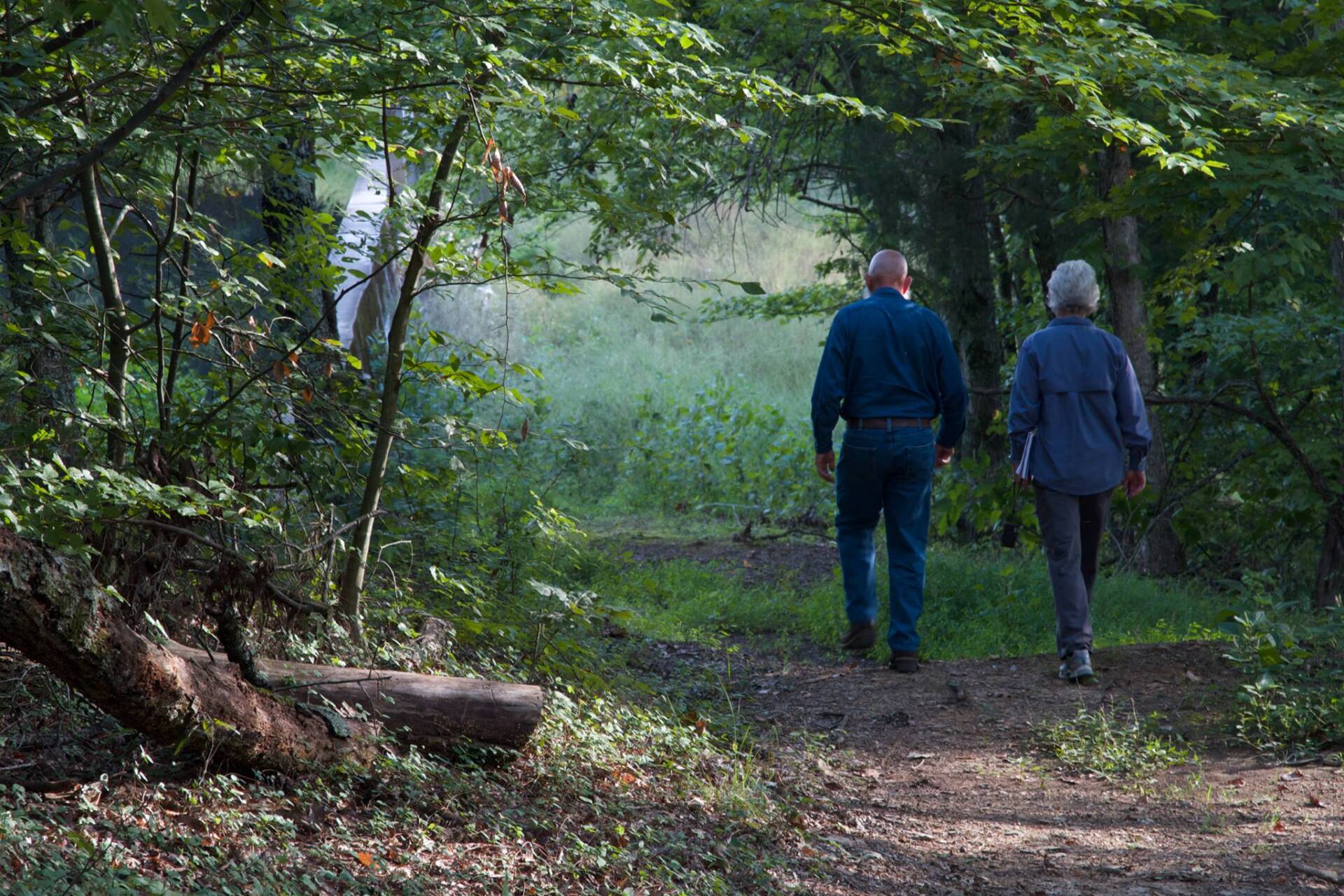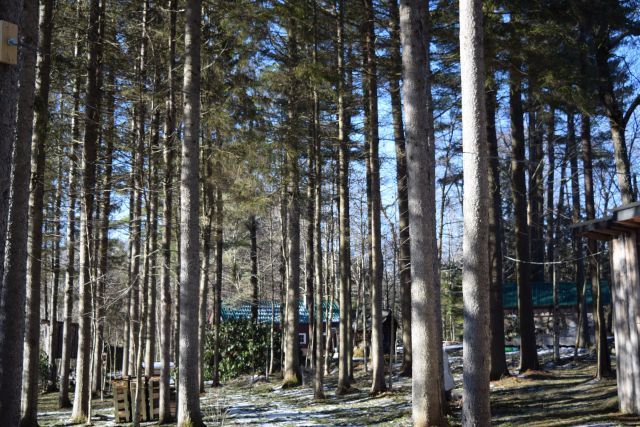Forest Certification
Working Forest:
First a definition of forest use: A wooded area, whether managed or unmanaged, that may include conservation of wildlife habitat, provision of outdoor recreation, production of timber and forest crops, protection of water quality, regulation of water flows, conservation of soil, carbon sequestration, and/or protection of aesthetic qualities.
A working forest is a forest that welcomes all the above uses and the people that are involved in performing activities associated with those uses.
“Wilderness” is not a working forest.
A word on forest certification
You may have heard of forest or wood certification systems with such abbreviations as SFI and FSC. What’s it all about?
First a definition of forest certification:
“Forest certification means that forests are managed in a sustainable manner and that trees are harvested with environmentally sound practices. These management practices are certified by objective (disinterested) third parties. Landowner participation is voluntary.”
As an example, if you and a friend are engaged in a race, you might ask someone neither of you know to observe (judge) the contest and select the winner. That someone is a “third party,” and the credibility of the contest rests on the rules and the fairness of the third party. Forest certification relies on third party participation to evaluate compliance to standards.
Why is certification important?
With today’s “green-conscious” consumers and a global marketplace, the demand for certified wood has risen dramatically. Third party certification is the only reliable way to guarantee that wood being used in processing/manufacturing has been sustainably harvested. This is a good thing for our forest landowners, our value-added producers, and our environment. Only ten percent of the world’s forests are actively managed, and this consumer trend could help to increase that percentage by eliminating markets for non-certified wood.
In the United States today, there are three recognized third party certification systems that offer verification that forests are being managed sustainably: the Sustainable Forestry Initiative (SFI), the American Tree Farm System (ATFS), and the Forest Stewardship Council (FSC).
Which is the better system? All the systems are good systems, and the practical answer may be that the important point is to be in one of these systems. Not being in any system is to signal to the public the possibility that you may not care about the health and sustainability of your forest, even if you do.
How important is certification in New York?
It is unlikely that forestland owners will ever receive a premium (increase in price) for providing certified wood. But it is likely that, as time progresses, most markets in the United States, and the world, will demand forest certification if they are to buy forest products from that source. This has happened in selected paper markets today in the United States, notably Maine and Wisconsin. NYTF believes that ATFS has made the right decision, and, besides being the “right thing to do” at this time, will ultimately be a requirement for all wishing to sell their forest products in any market here or abroad.



